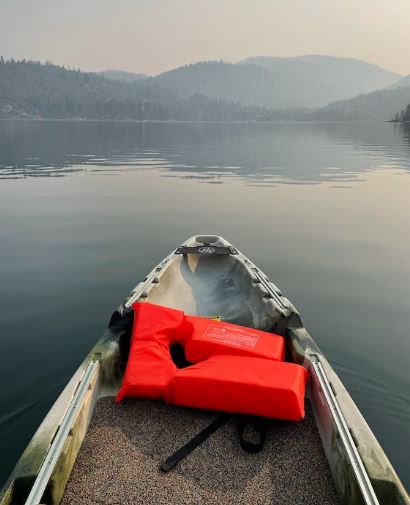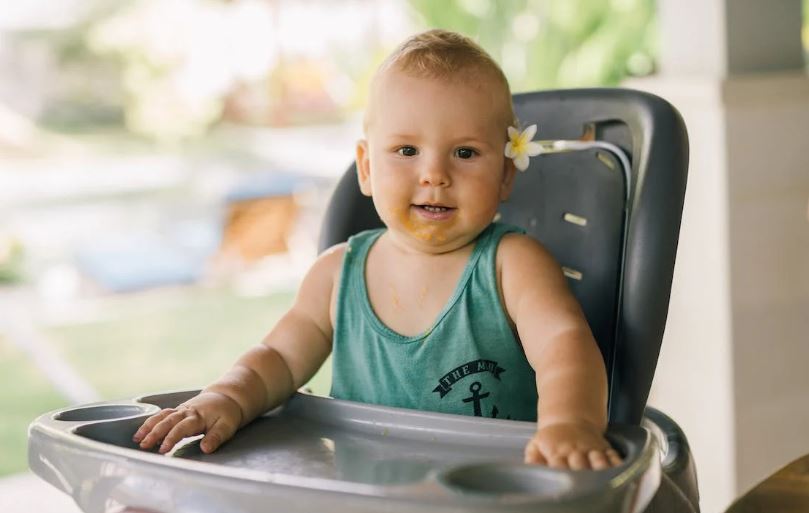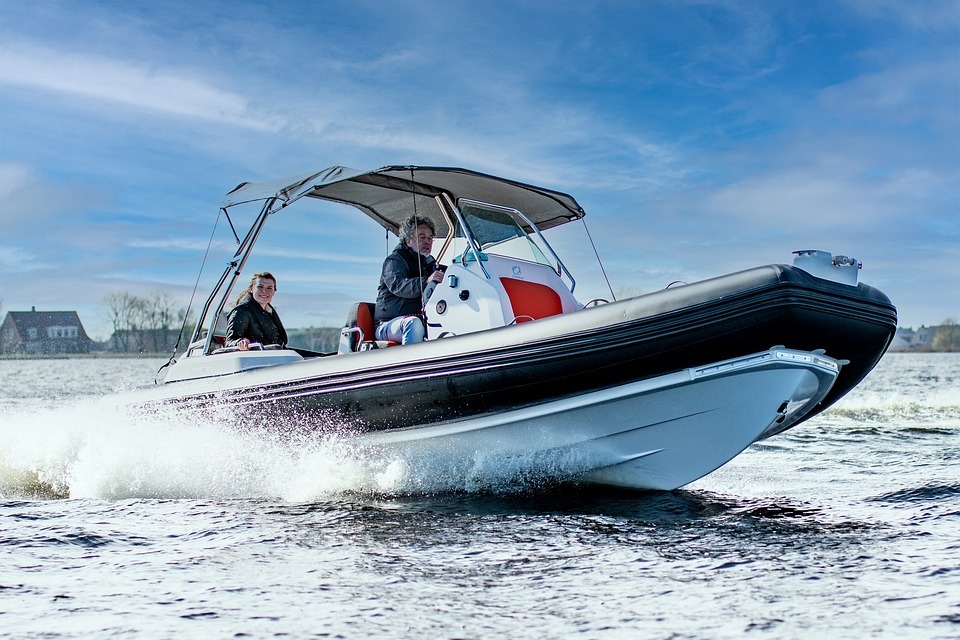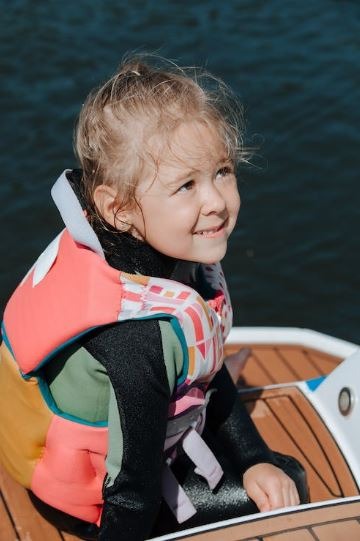Do you intend to take your child on a boating trip? Add these boating equipment for babies to guarantee your child’s safety and happiness.
Babies require a great deal of equipment, and when on a boat, they require equipment that is significantly different from their other equipment: boat-specific equipment, which is typically not utilized in your houses.
Note: Always follow manufacturer instructions
Here’s a list:
1. Infant Life Jackets
Multiple stores and online retailers carry these items for infants and toddlers. Only purchase Type II devices approved by the Coast Guard and marked as infant PFDs (personal flotation devices).
Infant PFDs are typically designed for children weighing between 18 and 30 pounds. The jackets include straps that run across your child’s legs to prevent riding up. In addition, they have “heads-up” pads, which are pillow-like implants that support their head and keep them towards the surface of the water. Finally, comply with your state’s regulations on the use of life jackets.
2. Pack-and-Play
As the infant grows, a co-sleeper or rocking chair will no longer be safe. Unfortunately, the best option is a pack-and-play that takes up a lot of space. This will restrict your style. Space will be restricted. However, your infant will have a secure space to rest and play.
You may utilize a Pack-n-Play for children as young as 2 years old or when you deem it safe for toddlers to sleep in the rear bed. My recommendation is to get one that is as compact as possible.
3. Booster Chair
Clearly, a full-size highchair is impractical on a boat, therefore booster chairs with trays are an ideal solution for feeding infants on a boat.
A booster seat can still be used on a boat, despite the fact that it is difficult to attach it to a seat (as it is supposed to be used). Place the booster in the deeper area of the bench seat and slant it toward the tray to prevent it from sliding forward.
Placing a towel beneath the booster will help make it easier to mop up the inevitable mess and protect the seat from any chair marks that may occur.
4. Puddle Jumper
In addition to a life jacket, a puddle jumper should be acquired because it makes swimming much simpler.
Despite the fact that both are marketed as authorized PFDs, please be aware that the two items have significant differences.
When anchored, we wear paddle jumpers on our pontoon boat, and life jackets are always worn when the boat is in motion or at a dock or marina.
5. Infant Beds for Boats
You may require a bed, co-sleeper, or rocker for your youngest in terms of baby boat comfort equipment. Those who are at sea or on lakes for extended periods of time will require this item.
6. Baby Boat Seat
Any baby boat seat should function as long as it is positioned safely and securely; for instance, the optimal location is probably in the corner of a bench seat so that it does not move. Even yet, there is a possibility that the seat will be displaced by wakes and waves.
7. Biminis
Keep in mind that UV rays reflect off water, so shade is essential. Biminis that are removable are perfect for boats without cabins or permanent hardtops. In addition, sun hats, sunglasses, and sunscreen are essential boating gear for infants. Maintain these items onboard as well. Thus, you will never forget to bring them with you to the port.
8. Towels & Blankets
As newborns and small children are more susceptible to hypothermia, ensure that you have a few more warm, dry clothing on hand.
9. Child-Safety Alarms for Water Splash Detection
I’ve lately been aware of a new safety product that, in my opinion, no responsible parent should ignore.
It is an electronic bracelet that is worn on the arm of your infant or toddler. If it detects moisture or water, a loud alarm will ring to warn you of trouble.
Although I can’t see you ever taking your eyes off your child when boating, it will offer you peace of mind knowing you have an additional safety measure.
10. Baby Swim Float
A baby swim float is one of the most popular items for baby boating among our friends. It is an excellent technique to acclimate your youngest child to the water.
Things to Remember When Bringing a Baby on a Boat
1. Wear your infant on the boat.
I cherish this piece of wisdom. This is one of the unusual benefits of baby wearing. When boarding and disembarking the vessel, you must wear your infant. During this transition from land to water and vice versa, it is crucial that they are practically hooked to you! NEVER pass your infant from person A to person B in order to board the vessel. It is so much more reassuring for mom to know that her children are constantly by her side and cannot move without her. Accidents can occur in a short second, therefore always exercise extreme caution, even when carrying a baby onto the boat. Ensure that someone is assisting you off the boat and that someone is hanging behind you on shore! Obviously, safety is paramount, so you can never have too much assistance! Continue carrying your infant until you reach location A. Never distribute them while the boat is moving.
2. Find a secure position aboard the boat.
If you’re like us and have grown up on a boat or on the water, you’ve probably never given much attention to the “safest” area to sit, because to us, they are all safe! Which is right! However, it is crucial that you sit on a firm seat. Primarily for the baby’s comfort, but it also makes you feel safer and more secure! Depending on the type of vessel, there is typically a seat similar to a captain’s chair, but not behind the steering wheel! This seat is typically the least prone to water splashing, and it’s a little higher up, so you won’t feel the waves as strongly! If you sit in those lower chairs, your infant will be constantly bouncing up and down and rattled, which is obviously detrimental to their young bodies/heads!
3. Keep your infant cool on the boat.
Overheating is a risk factor for Sudden Infant Death Syndrome, thus it is crucial that you keep your baby as cool as possible! Depending on the depth of the water, place a reusable swim diaper on her and immerse her in the water! Ensure you change them practically quickly after a swim to prevent diseases caused by stagnant water, such as urinary tract infections. Most boats have a Bimini or other covering beneath which you can place your infant in their seat. If your boat has simply a T-Top or none at all, you should definitely carry an umbrella. In addition to sunscreen, shade is essential for protecting them from the sun. thereby keeping them cool! We also carry along a handy-dandy fan. It’s battery-operated, so it’s perfect for when we feel that she’s getting too hot!
4. Have fun while boating with little children!
I know, it’s so clear! But seriously, y’all! Have a great time! I am aware that being a parent in these situations can be nerve-wracking since, once again, accidents can occur in an instant! However, cherish these moments with your infant while they are still little. These memories are ones you shouldn’t miss because they pass so quickly. Take several photographs, as always! As long as you take reasonable precautions, you should be OK and able to enjoy yourself to the fullest!
These guidelines are based on the experiences of experienced boaters and passengers. If this is your first time on a boat or your operator’s first time running a boat, leave the baby at home until you become comfortable and familiar with the vessel!
5. Remain within one’s comfort zone.
Stick to water that you are familiar with and can navigate without difficulty. Are you comfortable with the distance to shore and the amount of boating wake on a large lake? If it’s a river, how swift is the current? Are there many portages and barriers to traverse?
Rapids are acceptable, but you must be comfortable, capable of keeping your boat upright, and able to swim to collect your youngster if they fall out (never tie them in – they could get pulled under). Consider avoiding larger whitewater (class III+) with young children, at least until they are proficient swimmers.
In conclusion
There is a wide variety of high-quality boating equipment available for children today. You might say that we “dipped our toes in the water” at this point. Be sure to examine the product’s safety rating and read what other customers have to say about the item and the firm if you come across one on your own that appears to be worthwhile. It is imperative that you perform your own independent research. After that, be sure to pack it away for your subsequent journey.




